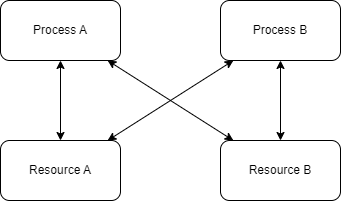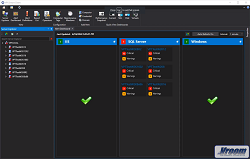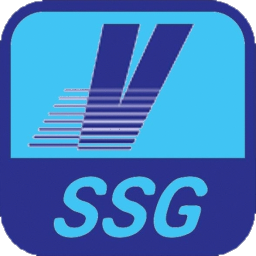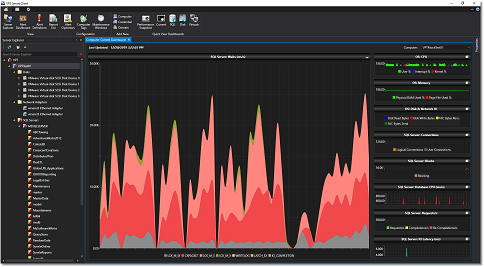Community
SQL Server Memory-Optimized Tables
Leveraging In-Memory Technology for Improved Performance Introduction SQL Server’s memory-optimized tables, introduced in SQL Server 2014, are designed to significantly improve performance by leveraging in-memory technology. These tables store data directly in memory, enabling faster access and reducing the need for disk-based storage. In this article, we will explore memory-optimized tables, their benefits, and how…
Read MoreSQL Server Lock Escalation
Introduction SQL Server is a powerful and flexible relational database management system (RDBMS) designed to manage and store data efficiently. One of its key features is the ability to manage concurrent access to data through its locking mechanism. When multiple users or applications access data simultaneously, SQL Server must ensure data integrity and maintain the…
Read MoreSQL Server Deadlocks
Understanding and Avoiding Them Deadlocks are a common problem in all relational database systems that can lead to poor performance and even data loss (in some special cases). A deadlock occurs when two or more transactions are waiting for each other to release a resource, such as a database row or page, that they both…
Read MoreSQL Server Data Compression
A Deep Dive into Page and Row Compression Introduction As businesses continue to amass large quantities of data, efficient data management becomes increasingly important. One critical aspect of data management is data compression, which can help reduce storage costs, improve query performance, and optimize resource usage. Microsoft SQL Server, an industry-leading relational database management system…
Read MoreQuickly find long running queries and determine what’s taking so long
Today’s question is: How can I quickly find the longest running query and determine why it’s taking so long? In this video we’ll discover one of the ways we can use the Vroom Performance Suite to quickly locate a long running query, then drill in to see where its spending its time.
Read MoreSQL Script Generation
Update 2023: Check out our new documentation site for all of our various tools. How many times have you needed to script out a table from a SQL Server database? What about all of the indexes? Or maybe it was just the procedures in a particular schema? Or export all of your data as insert/update…
Read MoreWhat is VPS?
VPS is the Vroom Performance Suite Simply put, VPS is a performance monitoring, tuning and alerting tool for Windows, SQL Server, VMWare and IIS. VPS was conceptualized and built out of necessity as tools that exist in this ecosystem lack various features that simply the daily life of Database Administrators, Systems Engineers and Developers. We…
Read MoreMapping a Drive with XP_CMDSHELL
Today I want to talk about one of my favorite tricks that’s not talked about much: mapping a network drive under the SQL Server account. You see, mapped drives are “per user” – so if you map one on the SQL server, then SQL server can’t see it. Likewise, if you map one for SQL…
Read MoreEnable and Disable xp_cmdshell
xp_cmdshell is one of those somewhat hidden gems/power-tools in SQL Server that can both make life easy and very insecure all at the same time. You see, this function allows any SQL Server administrator to run any command/program/shell-script/batch-file that the SQL Server account has access to. It seems counter-intuitive at first but I’ve seen this…
Read MoreCost Threshold for Parallelism and MAXDOP
There are a lot of “most overlooked” configuration settings in SQL Server, but I’m going to cover these two alone since they are quite closely related: Cost Threshold for Parallelism and Max Degree of Parallelism. What’s all this about? First let’s discuss Degree of Parallelism in its most simple form. When given a task to…
Read More









